Understanding Jazz Theory (Part 2): Functioning Dominants & 3 Functioning V7 Alterations
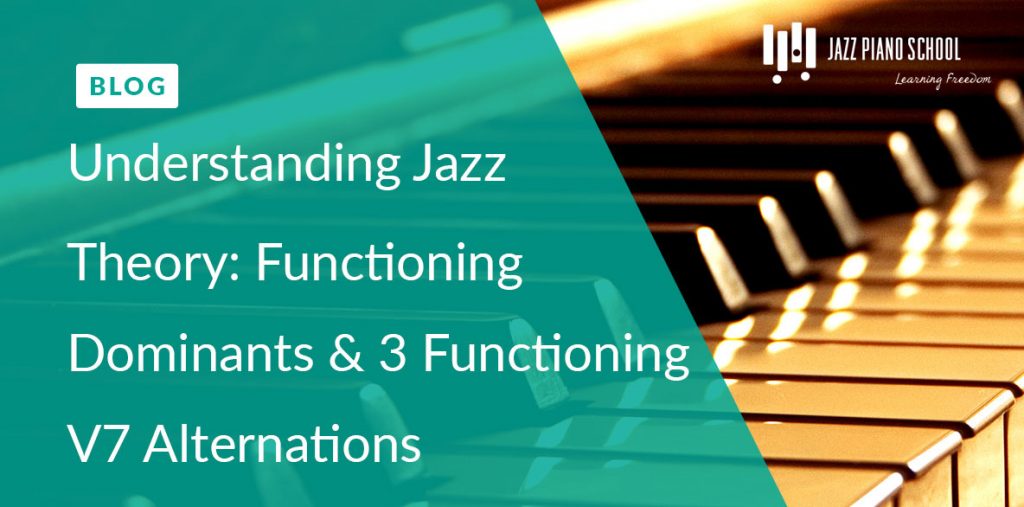
In Part 1 in this “Making Sense of Jazz Theory” series we looked at 3 foundational concepts: the 4 Chord Families, Diatonic Harmony, and the Church Modes. If you haven’t checked that out yet, Click Here to read that first. Today we are going to be looking at the importance of understanding Functioning Dominants and […]
Understanding Jazz Theory (Part 1): 3 Most Important Jazz Theory Concepts For A Beginner

4 Chords Families While these are not the only chord families, these 4 are the main families that make up the diatonic series: Major 7th Symbols: M7, Ma7, Maj7, Δ7 Dominant 7th Symbols: 7, dom7 Minor 7th Symbols: m7, mi7, min7, -7 Minor 7 Flat 5 or Half-Diminished Symbols: m7(b5), min7(b5), ø7 Next, it is […]
Improving Solo Piano: Challenges & Orchestration Techniques

While playing solo piano can be incredibly liberating, it can also be an incredibly daunting task with all of the melodic, harmonic, and rhythmic onus on you. Some of the main challenges of solo piano include: Establishing a 3rd Layer of Accompaniment that’s independent of the melody and the bass with only 2 hands. This […]
Polychords: An Introduction To Polychords – Superimposing Upper-Structure Triads To Achieve Richer Harmony
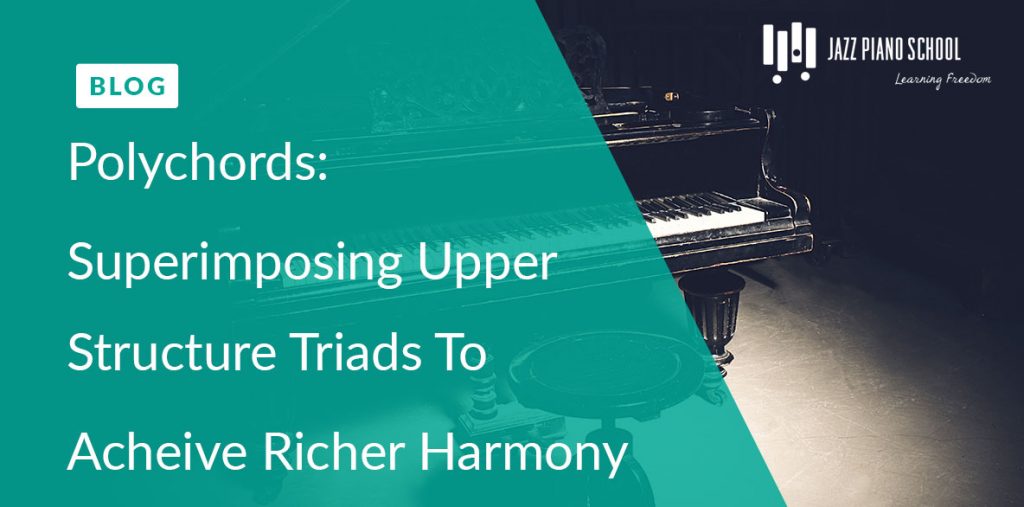
Polychords are a simple yet effective way to enrich your harmonic vocabulary and access extended or altered tones. In a basic sense, a polychord is superimposing a chord over a chord. In notation, a polychord may be used to: simplify the construction of chords clarify applications when improvising and composing imply a specific voicing As […]
Polyrhythms – How To Subdivide Complex Polyrhythms: A Lesson From John Riley
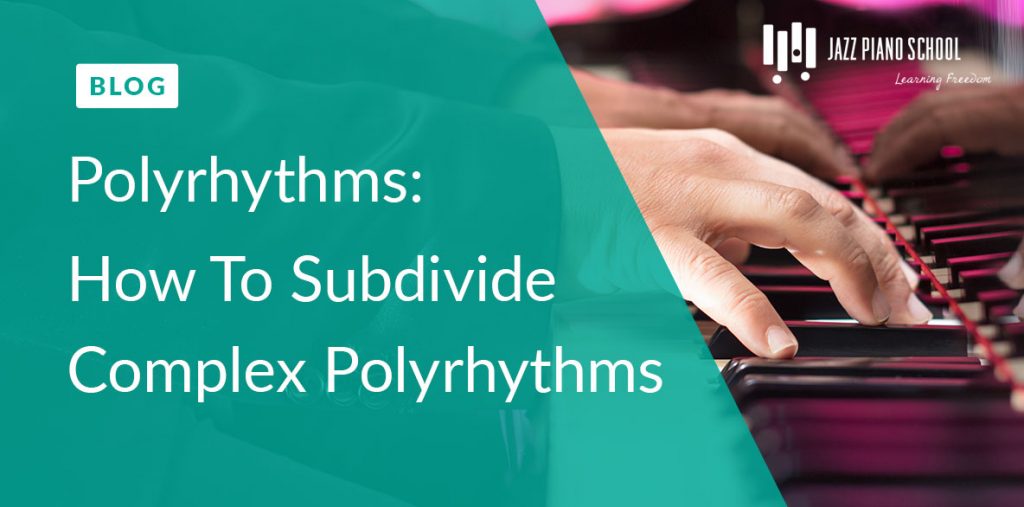
Last year I had the incredible fortune of taking John Riley’s rhythmic analysis class at the Manhattan School of Music. John is an incredible player and educator, with an immense knowledge of rhythm. One lesson that resonated with me was his explanation as to how to mathematically figure out exactly where to place the subdivisions […]
3 Arrangement Techniques for Playing in a Jazz Trio
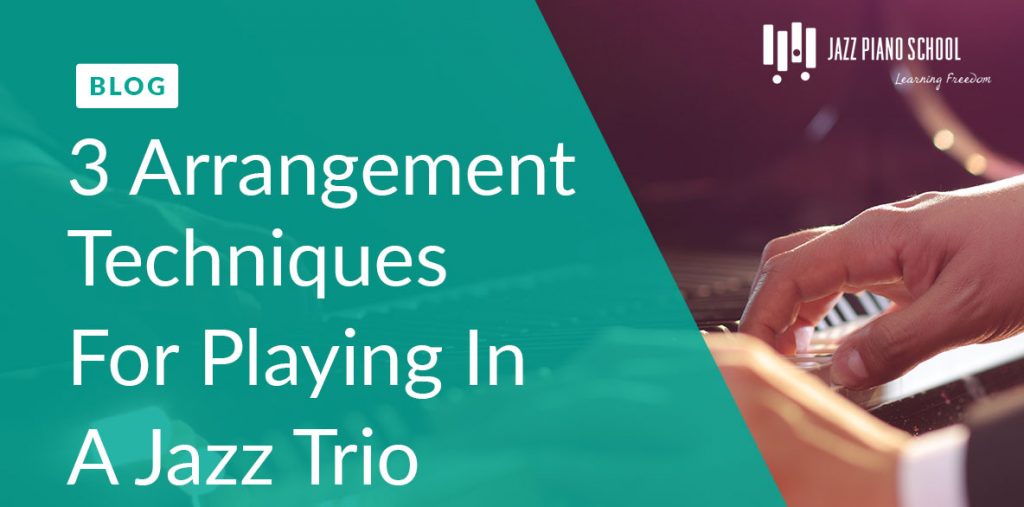
As a jazz pianist, a lot of times you will find yourself playing in the trio setting alongside bass and drums, where you are the only “melodic instrument”. This presents certain challenges and opportunities. After all, most of the time you will have the role of playing the melody and being the main soloist, which […]
How To Approach Incorporating Transcription Into Your Playing

-Guest Blog Post Written By Joey Lieber for Jazz Piano School. Joey Lieber is a pianist and piano / music teacher based in Westchester, NY. To follow Joey or for any questions, visit http://www.joeylieber.com A common question I’ve gotten from students is: “What is the best way to learn new vocabulary?” After all as musicians […]
Educational Perspectives of a Jazz Pianist by David Hazeltine
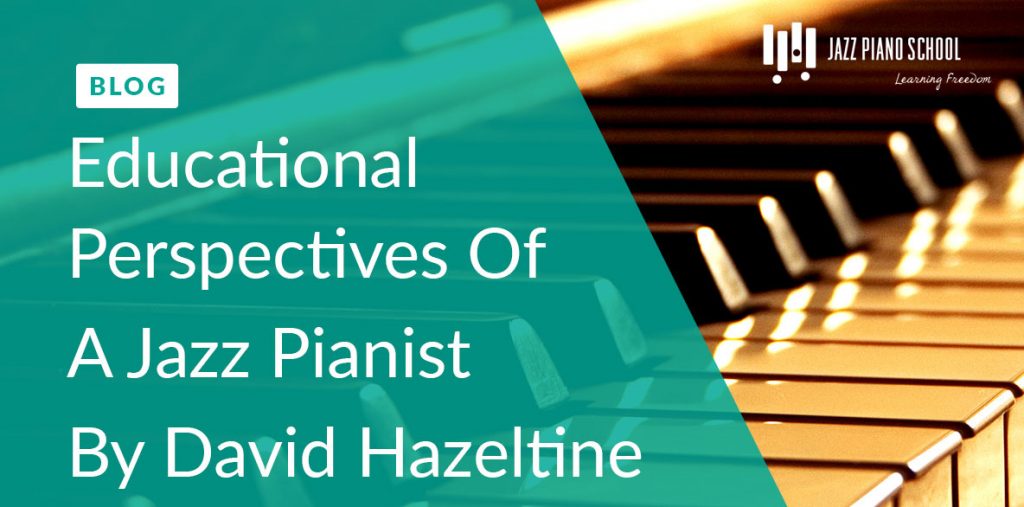
By David Hazeltine I was 11 years old when after 3 years of basic music instruction, I began my weekly lessons with Will Green, a very accomplished blind, Jazz pianist and organist. His style of teaching was completely hands on, meaning he taught me exactly how to play tunes with precise voicings and bass notes, […]
Jazz Piano Voicings – Why Not Just Two Notes?

By Sam Griffith A lot of times in jazz we need to remove ourselves and look at the bigger artistic picture of what is happening when we are playing a jazz song. The deeper we get into studying harmony, rhythm, form, memorizing standards, etc.., the easier it is for us to lose track of the […]
What Is Diatonic Harmony and Why Is It Helpful?
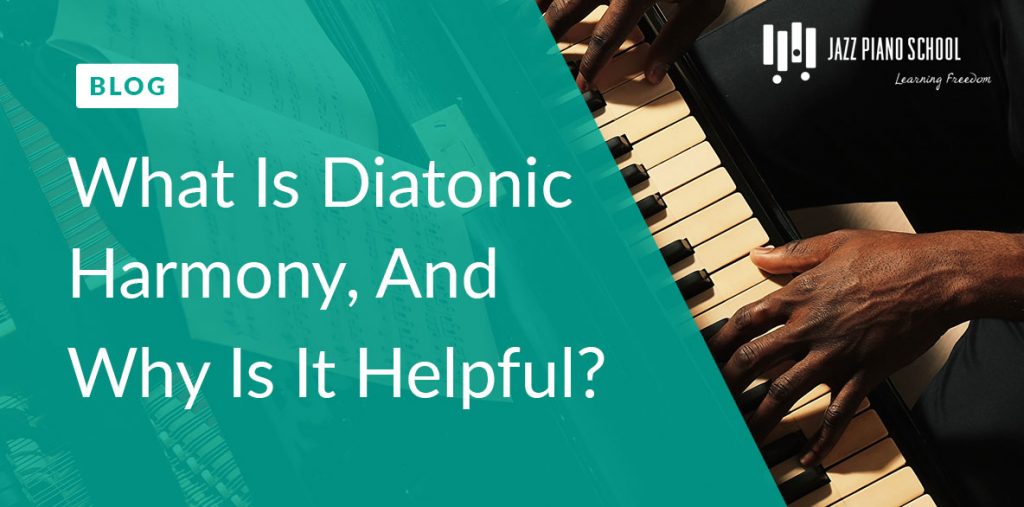
Have you ever heard the term diatonic harmony before? …..Some of you are probably staring at your computer or mobile device blankly, others may be like “ehhh isn’t that when a ship comes down and…” Just kidding. Some of you may know exactly what it is, but if you don’t or you need a better […]


